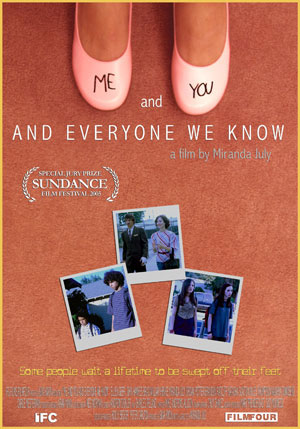
As promised, back to Shklovsky! In Part 1, we examined his fundamental concepts of device and defamiliarization. In Part 2, we saw how context and history deepen what defamiliarization means. (That’s what led us to take our New Sincerist detour.) Now, in this third part, let’s return to Chapter 2 of Theory of Prose, where Viktor Shklovsky discusses “special rules of plot formation.”
Here it’ll be useful to remember that one of the meanings of rule’s root, regula, is “pattern.” Because Shklovsky is talking less about “rule of law” than he is about the patterns that devices combine to make.
Whenever you write—and it doesn’t matter whether you’re me or Chris Higgs or Mike Kitchell or Kathy Acker or Georges Bataille or whomever—you’re working with conventions. None of us invented these words, nor words, nor their spellings, nor syntax, nor sentences, nor punctuation. We didn’t invent writing. Nor did we invent literary criticism, or essaying, or blogging, or the HTTP protocol that transmitted this post to your computer. We’re all working within overlapping systems that, by virtue of the accident of birth, we find ourselves in. This should cause us no distress because rather than stifle our creativity or inhibit our originality, these systems and their rules provide the very basis for originality and creativity. Without any patterns or conventions we would be left with only noise, in which no innovation whatsoever is perceptible or even possible. It is in fact patterns and conventions that provide the opportunities for disruption and deviation.
In Chapter 2, Shklovsky is trying to understand patterns that authors use when stringing devices together. He isn’t interested in defining every pattern; nor is he interested in critically evaluating them (e.g., “this pattern’s better than that one”). Rather, he wants to examine commonly used ones and demonstrate (the following point is crucial) how even though the patterns are simple and common and predictable, they provide practically infinite opportunity for defamiliarization—and therefore artistry.
In the rest of this post I’ll focus on the simplest of those rules, repetition, with examples taken from Nirvana, Weezer, and Tao Lin.
READ MORE >







